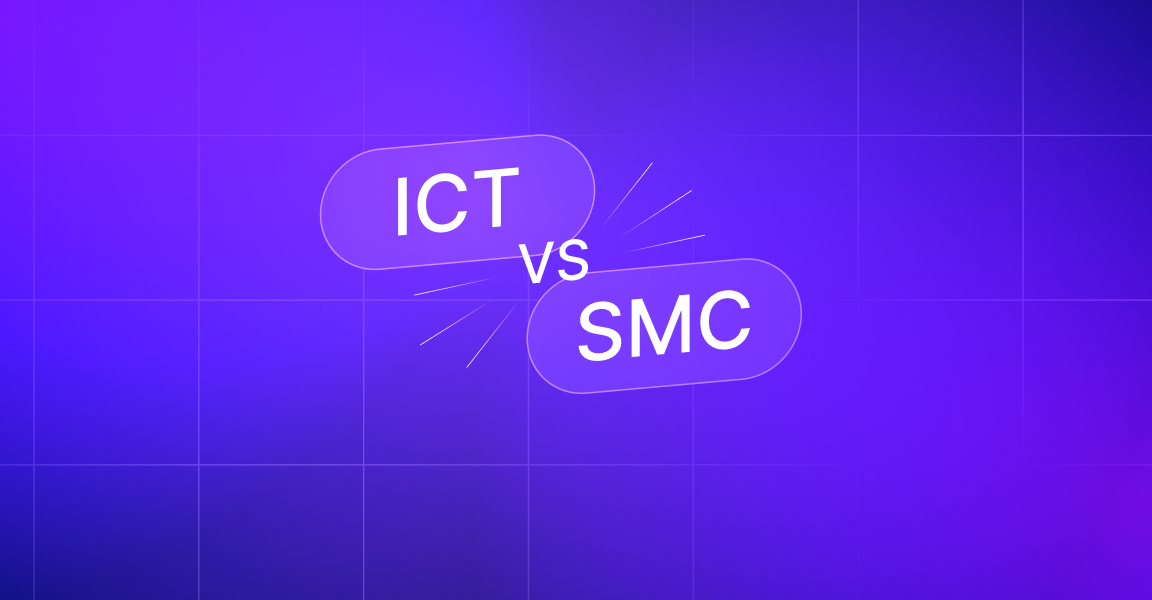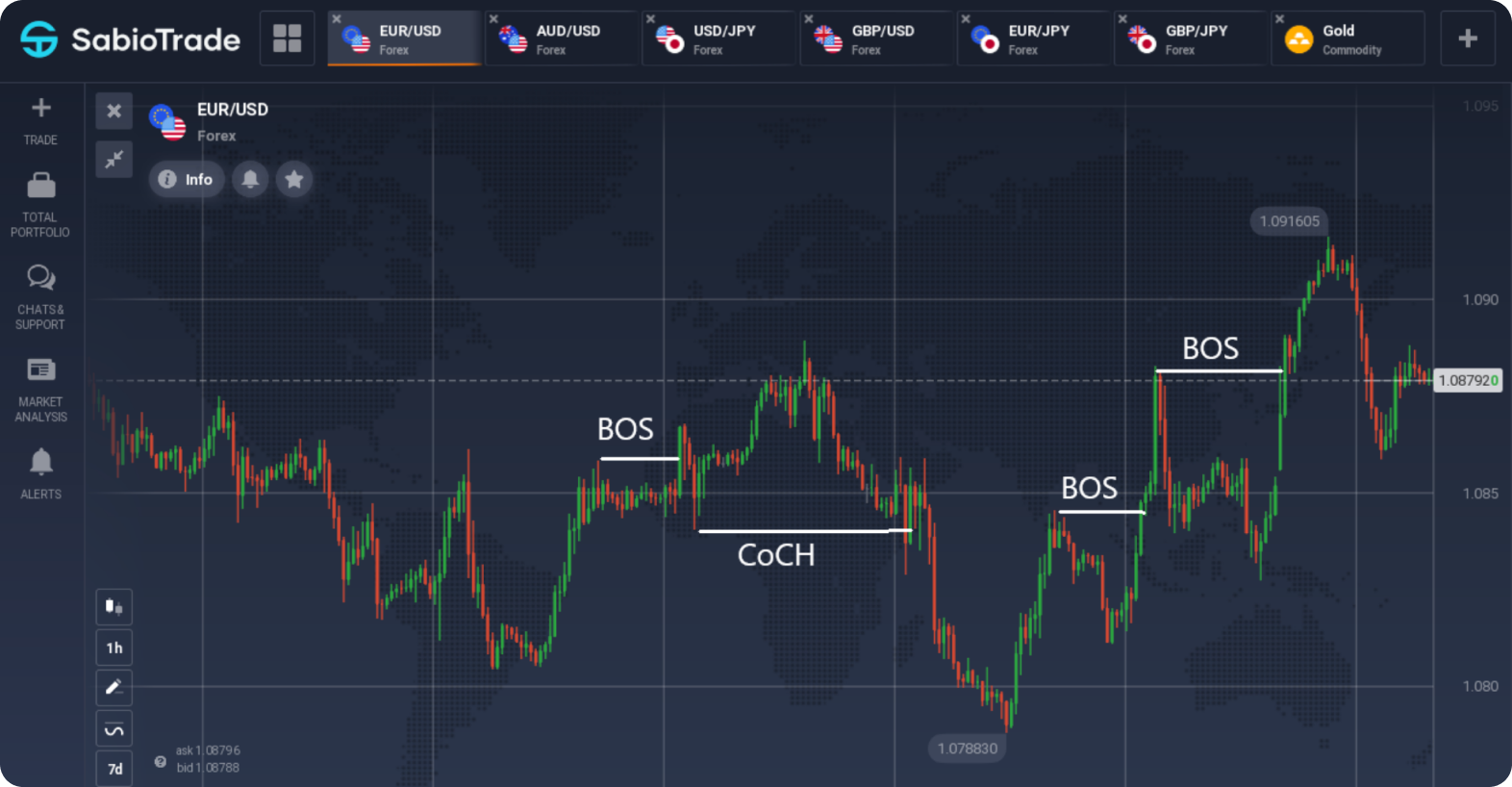ICT or SMC: How to Trade and What are the Difference?


In the rapidly evolving world of trading, effective strategies are essential for success. Two prominent approaches are ICT (Information and Communication Technology) and SMC (Stock/Money/Capital Management). This article explores these strategies, their benefits, potential limitations, and how combining them can enhance trading efficiency. Real-world examples highlight the practical applications of these methods.
Effective trading strategies are vital for managing risks and improving profitability in today’s financial markets. This article provides a clear definition of ICT and SMC strategies in the context of trading, explaining their roles, advantages, and potential drawbacks.
Simply put, Smart Money Concepts (SMC) is akin to Price Action.
SMC involves using classic Forex concepts like supply and demand, price patterns, and support and resistance, but rebranded with new names and described differently.
Traders utilizing SMC employ terms such as “liquidity grabs” and “mitigation blocks.” Although this terminology might seem unusual at first, once you delve into SMC, you’ll find it to be a more traditional trading approach than it initially appears.
Let’s clarify upfront: there is nothing inherently wrong with using SMC if it works for you. However, this post will also offer critical remarks on some aspects of SMC, so be prepared for that.
SMC is not just a Forex trading strategy but a philosophy about how markets operate.
Essentially, according to SMC, market makers (banks, hedge funds, etc.) act as manipulators, making it challenging for private traders.
As per SMC, as a private trader, you should base your strategy on what is happening with the “smart money” (i.e., funds managed by market makers).
Indeed, you should try to build your trading around how these market makers operate. They shape supply, demand, and market structure. Thus, as an SMC trader, you must pay attention to this when making your trading decisions.
Smart Money Concepts originated from The Inner Circle Trader (ICT), a program offered by a trader named Michael J. Huddleston. ICT provides some free resources as well as paid mentorship on Forex trading.
The SMC strategy might seem very technical when you first start reading about it. You might find yourself puzzled by the basic lexicon. To help you understand, here are explanations of some common terms used by SMC traders:
You’ll find that other SMC concepts also become familiar once you understand what this intricate terminology means.
When analyzing markets, SMC traders pay a lot of attention to “break of structure” (BOS) on the market.
Here is a chart illustrating breaks of structure. Each time the price exceeds a previous high, a break of structure occurs. Then we see a change of character (ChoCH) when the price drops, surpassing previously established lows.

We trade in the direction of the trend, and to enter a trade correctly, we must get a sufficient price correction. For this purpose, we use a Fibonacci retracement tool with levels 0, 0.5, and 1 (as previously described for Range) and apply OTE zones (Optimal Trade Entry).

Definition and Role in Trading:
ICT strategies leverage advanced technologies to analyze market data, execute trades, and manage portfolios. These strategies include algorithmic trading, high-frequency trading (HFT), and automated trading systems.
For more on algorithmic trading strategies, visit our comprehensive guide on the best algorithmic trading strategies.
Example: Renaissance Technologies is a renowned hedge fund that employs sophisticated algorithmic trading strategies to achieve consistent high returns. Their Medallion Fund is famous for its exceptional performance, driven by advanced ICT techniques.
For more information on effective stock trading strategies, check out our guide on the best stock trading strategy for sustainable profits.
The Importance of Continuous Adaptation and Learning: Success in trading requires ongoing education and adaptation to new market trends and technologies. Traders must stay updated with the latest advancements in ICT and refine their SMC strategies to maintain a competitive edge.
ICT and SMC are essential components of modern trading strategies. By leveraging the advantages of both approaches, traders can improve their profitability and manage risks more effectively. The integration of these methods offers a comprehensive framework for navigating the complexities of the financial markets. Continuous learning and adaptation are crucial for long-term success in this dynamic field.
Resources for Further Study:
For more insights into SMC trading and advanced strategies, check out our comprehensive guide on how to trade smart money concepts